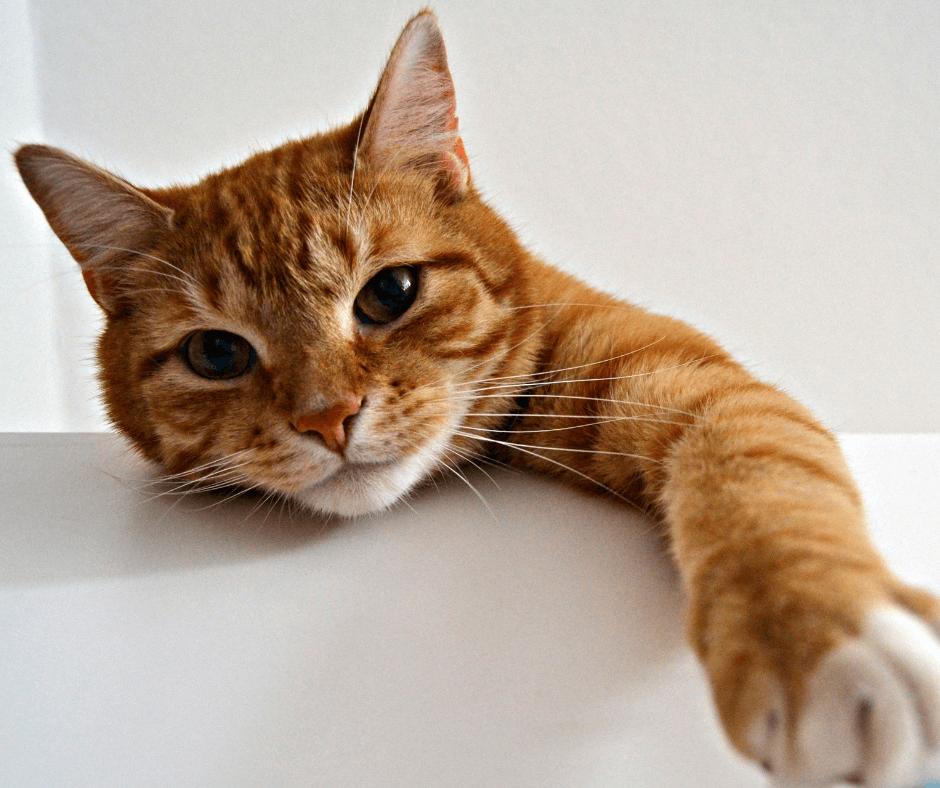
Feline pain: Common signs your fur baby is in pain (and how you can help)
Cats often hide their discomfort which can make it tricky to identify and address pain in our feline friends. Cats in pain may experience both physical and emotional suffering, making it important to seek veterinary care to address the source of pain as soon as possible.
In this article, we explain some of the common signs and causes of feline pain, and tips for what you can do to help.
Disguising their pain
In nature, showing any overt signs of weakness means a cat can quickly become someone else’s dinner so it’s no wonder domestic cats have retained this instinct to hide their pain.
So if cats hide their pain, how do I know if my cat is in discomfort? As a rule of thumb, something you would find painful would also generally be painful for your fur baby. So, if you notice a clear sign of disease or injury, such as a wound or signs of vomiting or nausea, this could be a telltale sign that your cat is in pain, just as you would be if you experienced similar symptoms.
So what are the common signs of pain in cats?
Cats typically show more subtle signs of discomfort, with some common signs including:
- Changes in grooming behaviour
- Changes in facial expression, or whisker position
- Appetite changes
- Hiding or isolating themselves
- Aggression, irritability and/or reluctance to be handled
- Lethargy
- Changes in mobility
- Vocalisations such as excessive meowing or growling when handled
- Changes in litter tray behaviour
How about common sources of pain?
Knowing the sources of pain in cats is important for both prevention and treatment. Below are some common causes of pain to keep an eye out for:
- Dental issues like gingivitis or gum disease can cause pain in cats. As cats have small mouths, they may not let you easily check their teeth and gums, so you may not immediately notice dental disease in cats which is why you should stay up to date with regular vet check-ups.
- Cats can develop arthritis, which is characterised by inflammation and pain in the joints. Arthritis can severely impact their mobility and overall quality of life.
- Accidents, falls, or physical injuries can cause acute pain for cats.
- Urinary tract diseases can cause pain through bladder wall inflammation, leading to symptoms like straining to urinate, frequent urination or blood in the urine.
- Conditions like cancer, kidney disease, and pancreatitis can cause chronic pain in cats, making it important to address both the underlying disease and the pain it causes.
If you suspect your cat is in pain, or showing any of these signs, contact your vet straight away to seek advice on a treatment plan.
How do I help manage pain in my cat?
It can be hard to give medication to cats, as they often reject pills or are just too clever to be fooled by your attempt to hide medication in their food! But the good news is there are more pain-relief options available now like flavoured medications, transdermal gels and injections.
If your vet has prescribed medication to your cat, always follow the vet’s instructions on dose quantities, frequency and whether your cat should eat or drink before having the medication.
It’s key to know the subtle signs and causes of pain in cats, so you can better understand your feline friend and work with your vet to help manage any discomfort. Staying up to date with regular vet check-ups, monitoring for any behaviour changes and seeking veterinary advice are important steps you can take to look after your fur baby.
References
Acute pain in cats: Recent advances in clinical assessment
The lack of analgesic use (oligoanalgesia) in small animal practice
Turner, Dennis C (Ed), Bateson P. P. G (Ed), 2017, The domestic cat: the biology of its behaviour, Third Edition, Cambridge University Press.
Multimodal analgesia for perioperative pain in three cats
Facial expressions of pain in cats: the development and validation of a Feline Grimace Scale
Acute pain in cats: Recent advances in clinical assessment
Long-term pain in cats: how much do we know about this important welfare issue?
Facial expressions of pain in cats: the development and validation of a Feline Grimace Scale (supplementary material)
Facial expressions of pain in cats: the development and validation of a Feline Grimace Scale
